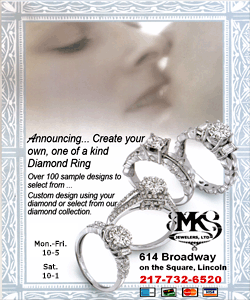|
 Setting the proper workout pace, or the distribution of energy
during exercise, deflects boredom and fatigue, syncs body and mind,
and enables the everyday exerciser to keep pushing the envelope. Setting the proper workout pace, or the distribution of energy
during exercise, deflects boredom and fatigue, syncs body and mind,
and enables the everyday exerciser to keep pushing the envelope.
Dr. Kevin G. Thompson, author of “Pacing: Individual Strategies for
Optimal Performance,” believes how people prepare their bodies and
minds for activity is limited by their lack of understanding about
how to pace the exercise.
“Unless the athlete knows what the ideal pace is, how can he or she
train properly to improve performance?” said Thompson, director of
the Research Institute for Sport and Exercise at the University of
Canberra, Australia.
His book details pacing strategies specific to activities from
triathlons to tennis.
In marathon races, Thompson said, the classic beginner's error -
starting too fast to try to keep up with the better runners - causes
a mind-body split.

“You body’s feedback says you’re exercising too hard even as your
brain knows you’ve still got a long distance to go,” he said. “That
makes for a negative experience.”
Group classes, which usually cater to all fitness levels, are
generally paced around a bell curve model, explained Donna Cyrus,
senior vice president of programming at Crunch, a chain of U.S.
fitness centers.
"In a 45-to 60-minute class, people start at a moderate level, push
into harder exercises to a point of highest expenditure about 30 to
40 minutes in, then drop back down till the heart rate returns to
its resting state,” Cyrus explained.
Interval training, which involves alternating high intensity
exercise with recovery periods, is another way classes are paced,
according to Cyrus.
Neal Pire, a strength and conditioning specialist with the American
College of Sports Medicine, said the talk test, also called the
ventilatory threshold (VT) is a good way for the individual
exerciser to gauge intensity.
[to top of second column] |

It is measured by different levels. Below level VT1 speech is
comfortable, but at VT1 it requires some effort. Above VT1 but below
the next level, VT2, speaking is possible, but not really
comfortable. At VT2, speaking is limited to a few words.
“Once you get close to Ventilator Threshold No. 2, where you can
barely keep a conversation going, you are in that training zone
where you’re getting the biggest bang for your buck.” Pire said.
“You want to stay just below that point to keep improving over
time,” he added.
Research shows that mental toughness is one pace-maintaining factor
that separates the elite athlete from the casual exerciser, Thompson
said.
“Towards the end of a long race, the non-elites will distract
themselves from discomfort, say with music or thoughts of their
family,” he said.
“But an elite athlete will zone in on discomfort and use those
feelings as a gauge to examine how much they have left.“
(Editing by Patricia Reaney and Gunna Dickson)
[© 2014 Thomson Reuters. All rights
reserved.] Copyright 2014 Reuters. All rights reserved. This material may not be published,
broadcast, rewritten or redistributed.
 |